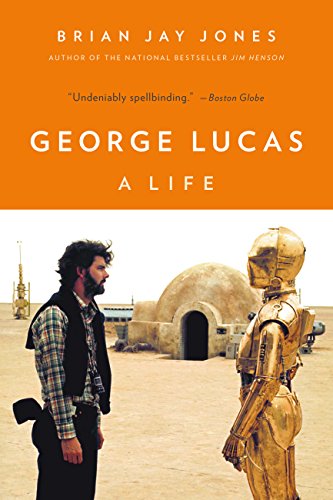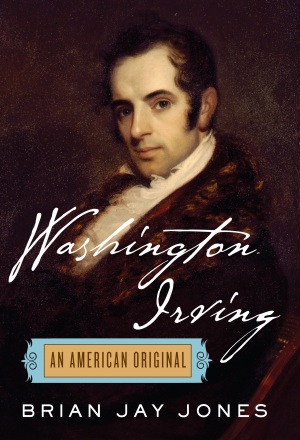While we’re on the subject of comics collections, a reader e-mailed to ask me if I prefer reading stories in their collected format, as opposed to their original, off-the-rack comic form.
I’ve got an answer, but let me declare some caveats first.
I like being able to pick up trade paperback collections of complete stories — particularly of titles I’ve never read — not only because it’s easier than tracking down the back issues needed to compile, say, issues 45 to 54 of Super Grim and Morose Guy, but it’s also cheaper. I like the ease of having everything in one compact, bound book, and being able to tuck it into a briefcase, where I can read it on the Metro or an airplane and lie about it being mine.
As for titles I already read and collect — like Sandman — I like being able to read and re-read the stories, or even loan the collection to others, safe in the knowledge that my original issues remain in Overstreet Price Guide Near Mint condition. Not because I want to sell them, but because . . . well, I just like them in nice condition.
But when it comes right down to it, I’m a purist. As much as I like glossy trade paperback or hardback collections, I still prefer comics in their clumsily beautiful, easily damaged, and thus completely perfect comic book format.
I think part of it lies in the fact that, to me, comics are historical documents (they are, after all, technically periodicals). There’s a strangely satisfying tactile pleasure in holding an issue in your hands, looking at the glossy cover (and the price! While I never lived in the golden age when comics were a dime, I do remember when they were forty cents!), and smelling the pulp paper and ink. Each issue is a snapshot of the moment in time when it was published — something lost in the translation over to a more timeless trade paperback.
While advertisements are usually annoying, they do provide an almost twisted historical sense to the reading experience, blaring in all their retro glory about Ataris and Super Nintendos, Dingo boots and fruit-flavored drinks, and Saturday morning cartoons. And on the creative side of things, I like seeing how the writers — who knew in advance where the full-page ads would be placed — sometimes work the page break into the rhythm of the story, providing a beat just before a major epiphany or plot advancement.
A trade paperback is also missing an important part of the personality of the original comic: the letters columns. Sandman, for example, was home to one of the most annoyingly pretentious lettercols in comics history; yet it’s still fascinating — especially with hindsight — to watch readers debate who the prodigal member of the Endless might be, submit bizarre haikus about cats, and speculate on who might die in the closing pages of the final story arc. Lettercols provide readers with a sense of community that’s missing from the trade paperback collection — and while their absence from the trade paperback is understandable, it’s still regrettable.
And finally, there was always something exciting in reaching that final page and landing on a cliffhanger that would carry you into the next issue. I remember reading each issue of Alan Moore’s Watchmen as they were published in the late 1980s, poring over every panel, reading and re-reading every issue until the next one arrived — and each one was usually late, so it took about 16 months for all 12 issues to be published.
But that anticipation was part of what made the reading experience so memorable. When I reached the end of issue 7 — where Dan Drieberg says “I think we should spring Rorschach.” — I couldn’t just turn the page and read the next chapter; I had to wait weeks. That’s an experience I can’t have with the trade paperback.
That said, I’ll still continue to read trade paperbacks and other collections. But I still can’t help feeling I’m missing something.


 On September 9, 2009, The Beatles: Rock Band hits the shelves.
On September 9, 2009, The Beatles: Rock Band hits the shelves. 







